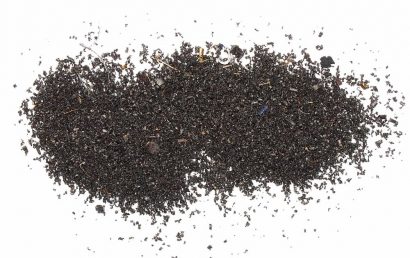Material Spotlight: Tungsten Carbide
Tungsten carbide is renowned for its durability, and is used for many challenging tooling jobs. This is because it’s exceptional in terms of its thermal and mechanical attributes. Its melting point is higher than 1800 degrees Celsius and it displays high resistance to wear, which is required for most industrial projects. Tungsten carbide may also be used as a substrate in microelectronics which are exposed to harsh environments.
Tungsten Carbide Properties
Tungsten has the greatest melt temperature of any metallic element. It comes in two forms, which are WC and W2C, and the hardness ranges from 2000-2700 HV. The powders which are derived from it are monocristalline WC and eutectic WC. A few W-C stoichiometries have also been discovered, which includes hexagonal W2C which crystallizes in multiple modifications.
Certain phases have their origins in a eutectoidal reaction for δ-WC and elemental W in temperatures of 1250°C, and will melt in a congruent manner at 1715 ±5°C with the W solid. With γ-WC1-x the melting with occur at about 2758°C. W2C phases for stoichiometry are acquired whenever WC is produced.
A eutectoidal reaction for β and δ will result in a y-phase at 2535°C, and will begin melting at 2785°C. It is possible for it to be obtained at room temperature, but to do this, rapid cooling must occur. Only δ-WC is stable in room temperature and it has very little solid solubility until it reaches 2384°C. However, upon reaching this temperature, it may be deficient from carbon.
Common Industrial Applications for Tungsten Carbide
In addition to its uses for surface coatings, tungsten carbide is also used in the creation of metal tools. When used for this purpose, it will be sintered via a binder which is metallic, typically either cobalt or nickel. These elements are preferred due to their wettability. Slicing and grinding tungsten carbide requires a tool comprised of a material which is even harder, such as cubic boron nitride or even diamond.
Metal matrix composites made from tungsten carbide are popular within the mining industry. This is because they can be used to coat various drilling or digging tools. In the agricultural industry, tungsten carbide is the preferred material for plough shares, as well as cutters and other tillage equipment. Steel companies prefer using such coatings on guide rollers, while oil businesses will routinely use tungsten carbide coatings for various applications which involve high wear resistance.
This metal is preferred in any industry where the service life of production parts must be protected and enhanced. For example, super strong materials are required for airplanes, vehicles, or any machine which operates in harsh environments with extreme temperatures. Tungsten carbide is prized for providing a high level of durability while also being cost efficient.
Because it is malleable, it can be pressed or formed into numerous shapes, such as abrasives, armor piercing bullets, jewelry or even industrial machines. Tungsten carbide is far denser than both titanium and steel, and its hardness is about equal to corundum. In order for it to be polished, an abrasive such as diamond powder should be used.



